Jonghyeon Ko
Knowledge-Driven Modulation of Neural Networks with Attention Mechanism for Next Activity Prediction
Dec 14, 2023
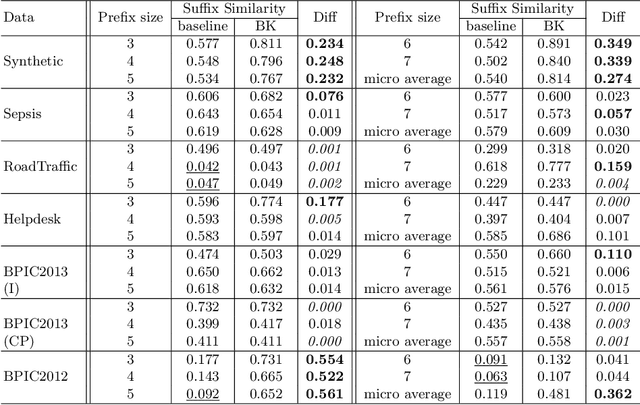
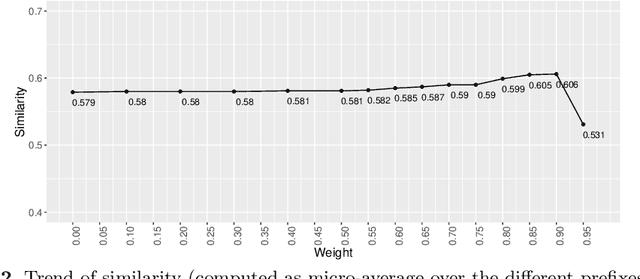
Abstract:Predictive Process Monitoring (PPM) aims at leveraging historic process execution data to predict how ongoing executions will continue up to their completion. In recent years, PPM techniques for the prediction of the next activities have matured significantly, mainly thanks to the use of Neural Networks (NNs) as a predictor. While their performance is difficult to beat in the general case, there are specific situations where background process knowledge can be helpful. Such knowledge can be leveraged for improving the quality of predictions for exceptional process executions or when the process changes due to a concept drift. In this paper, we present a Symbolic[Neuro] system that leverages background knowledge expressed in terms of a procedural process model to offset the under-sampling in the training data. More specifically, we make predictions using NNs with attention mechanism, an emerging technology in the NN field. The system has been tested on several real-life logs showing an improvement in the performance of the prediction task.
Online anomaly detection using statistical leverage for streaming business process events
Mar 01, 2021



Abstract:While several techniques for detecting trace-level anomalies in event logs in offline settings have appeared recently in the literature, such techniques are currently lacking for online settings. Event log anomaly detection in online settings can be crucial for discovering anomalies in process execution as soon as they occur and, consequently, allowing to promptly take early corrective actions. This paper describes a novel approach to event log anomaly detection on event streams that uses statistical leverage. Leverage has been used extensively in statistics to develop measures to identify outliers and it has been adapted in this paper to the specific scenario of event stream data. The proposed approach has been evaluated on both artificial and real event streams.
An empirical investigation of different classifiers, encoding and ensemble schemes for next event prediction using business process event logs
Aug 24, 2020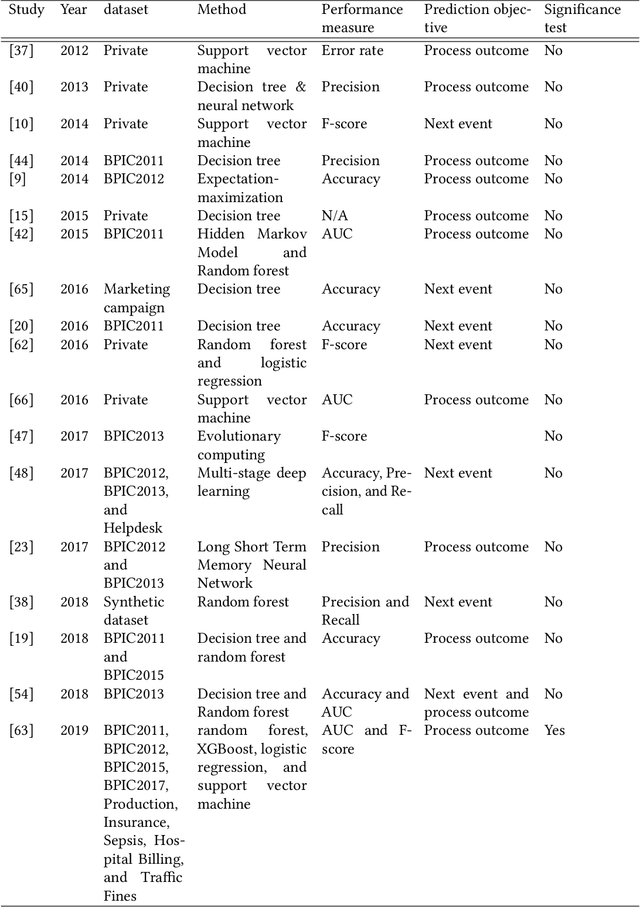
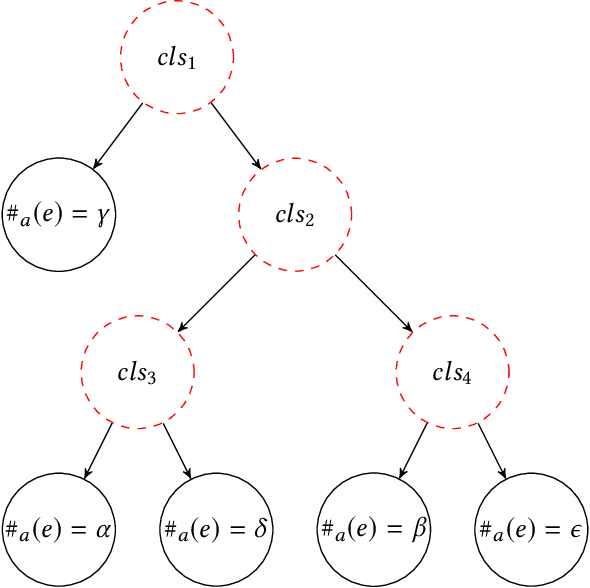
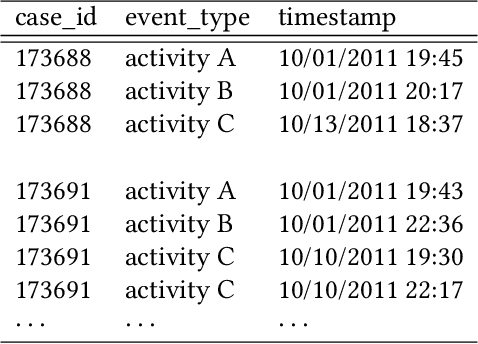
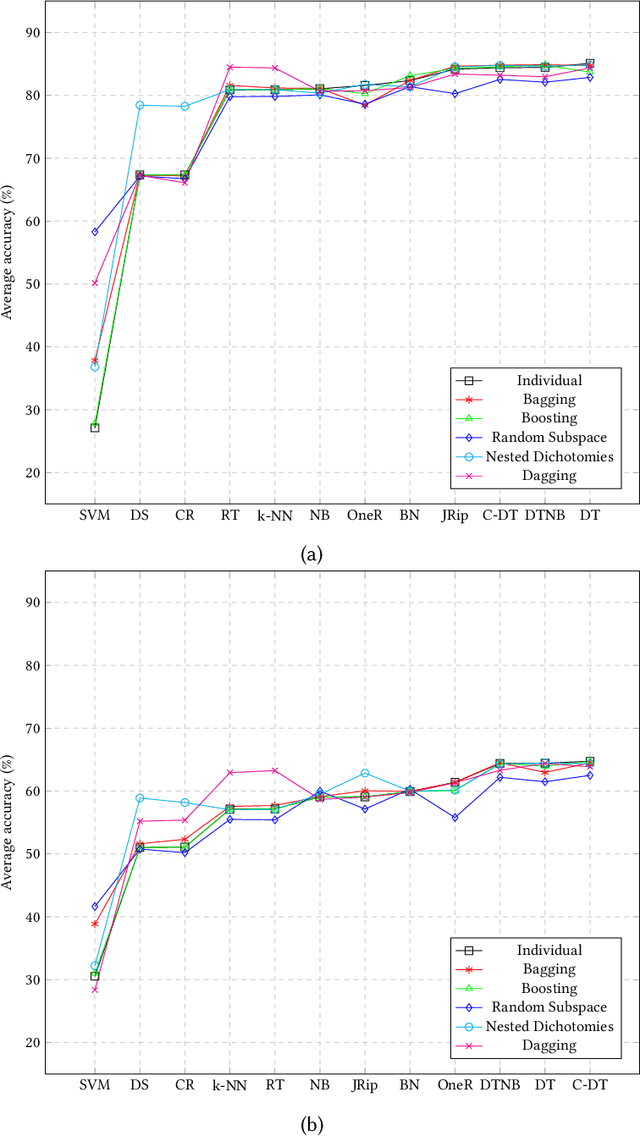
Abstract:There is a growing need for empirical benchmarks that support researchers and practitioners in selecting the best machine learning technique for given prediction tasks. In this paper, we consider the next event prediction task in business process predictive monitoring and we extend our previously published benchmark by studying the impact on the performance of different encoding windows and of using ensemble schemes. The choice of whether to use ensembles and which scheme to use often depends on the type of data and classification task. While there is a general understanding that ensembles perform well in predictive monitoring of business processes, next event prediction is a task for which no other benchmarks involving ensembles are available. The proposed benchmark helps researchers to select a high performing individual classifier or ensemble scheme given the variability at the case level of the event log under consideration. Experimental results show that choosing an optimal number of events for feature encoding is challenging, resulting in the need to consider each event log individually when selecting an optimal value. Ensemble schemes improve the performance of low performing classifiers in this task, such as SVM, whereas high performing classifiers, such as tree-based classifiers, are not better off when ensemble schemes are considered.
 Add to Chrome
Add to Chrome Add to Firefox
Add to Firefox Add to Edge
Add to Edge